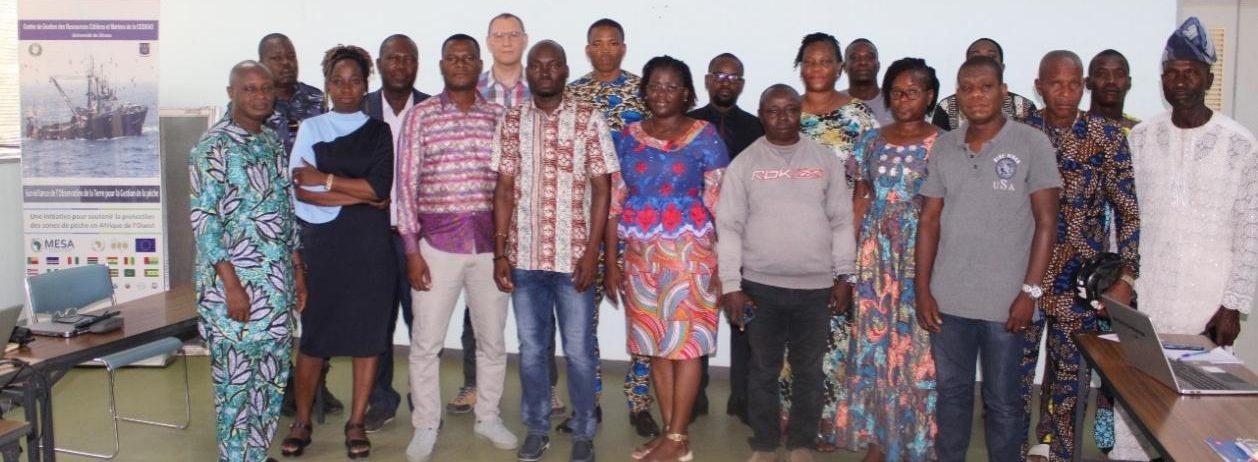A digital twin of the Nokoué Lagoon to anticipate floodings and pollutions
Located in Benin, West Africa, Nokoué Lagoon is a vast shallow water body (~150 km²), fed by saltwater from the Atlantic Ocean and freshwater from the Ouémé and Sô watersheds (Figure 2). In addition to its natural variability, the lagoon is subjected to considerable anthropogenic pressure, primarily due to pollutant discharges from lakeside villages lacking sanitation systems and peripheral urban outfalls.
In this context, this region is one of seven sites worldwide where a digital twin technology will be developed as part of the SCOast-DT project (CNES, NASA and NOAA). The development of this tool over the Nokoué Lagoon will be conducted from January 2025 to the end of 2026. It will rely on the three-dimensional hydrodynamic model SYMPHONIE from the SIROCCO community code and a first configuration implemented within the framework on a collaboration between Beninese and French researchers. The data produced will be made accessible to policy managers to help them draw up strategies for local developments and population protections. A first workshop took place in Cotonou in November 2024 (Figure 1) to define priorities such as flood monitoring and water quality.
More information in the following article by Odette Ateyiho: https://imosciences.com/article/lac-nokoue-un-jumeau-numerique-pour-anticiper-inondations-et-pollutions
Contact: yves.morel@univ-tlse3.fr



